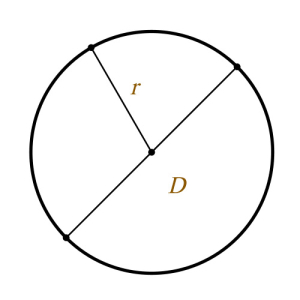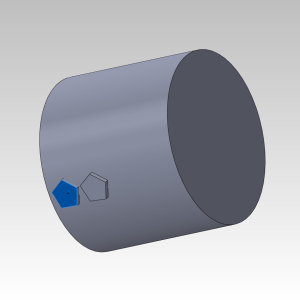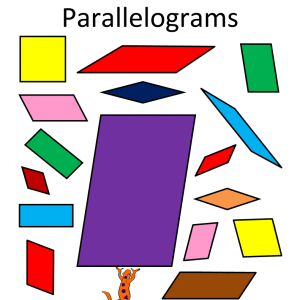The concept of numerical sequence implies correspondence to each natural number of some valid value. Such a number of numbers can be both arbitrary and possess certain properties - progression. In the latter case, each subsequent element (member) of the sequence can be calculated using the previous one.
Arithmetic progression is a sequence of numerical values \u200b\u200bin which its neighboring members differ from each other to the same number (all elements of a series, starting from 2nd) possess the property. This number is the difference between the previous and subsequent member - constantly and is called the difference in progression.
Progression difference: Definition
Consider a sequence consisting of J values \u200b\u200bA \u003d A (1), A (2), A (3), A (4) ... A (J), J belongs to a set of natural numbers N. Arithmetic progression, according to its definition, - sequence , in which A (3) - A (2) \u003d A (4) - A (3) \u003d A (5) - A (4) \u003d ... \u003d A (j) - a (j-1) \u003d d. The value of D is the desired difference in this progression.
d \u003d a (j) - a (j-1).
Allocate:
- Increasing progression, in this case D\u003e 0. Example: 4, 8, 12, 16, 20, ...
- Descending progression, then D \u003c0. Example: 18, 13, 8, 3, -2, ...
The difference of progression and its arbitrary elements
If there are 2 arbitrary terms of progression (i-th, Kh), then set the difference for this sequence can be based on the relationship:
a (i) \u003d a (k) + (i - k) * d, it means D \u003d (A (I) - A (K)) / (I - K).
The difference of progression and its first term
How to calculate the desired progression difference (D) if its first element is known and an arbitrary other? Use the ratio A (k) \u003d A (1) + D (K - 1). Then d \u003d (A (k) - a (1)) / (k - 1).
This expression will help determine the unknown value only in cases where the number of the sequence element is known.
The difference of progression and its amount
The amount of progression is the sum of its members. To calculate the total value of its first J elements, use the corresponding formula:
S (j) \u003d ((A (1) + A (j)) / 2) * j, but because a (j) \u003d a (1) + d (j - 1), then S (j) \u003d ((A (1) + A (1) + D (J - 1)) / 2) * J \u003d (( 2a (1) + d (- 1)) / 2) * j.
Thus, to determine the difference D, it is possible to use the known value of the progression sum of S (J):
d \u003d ((s (j) - j * a (1)) / (j (j - 1))) * 2.


































